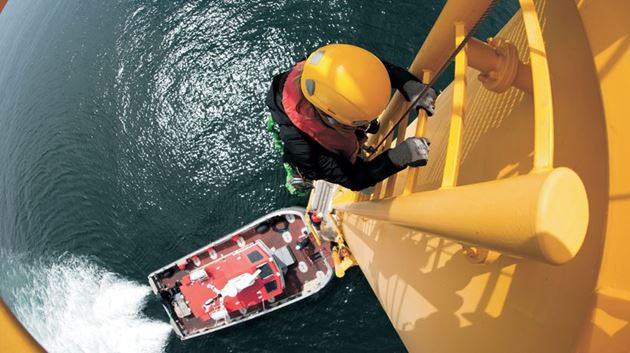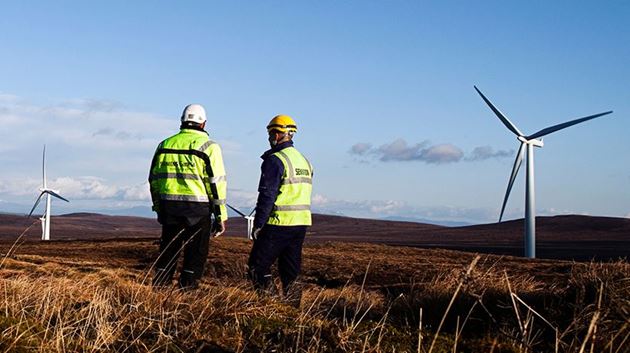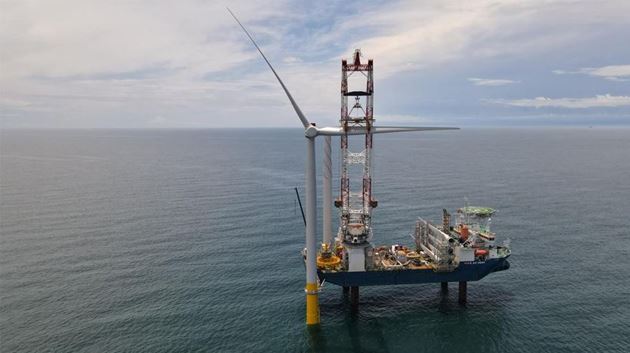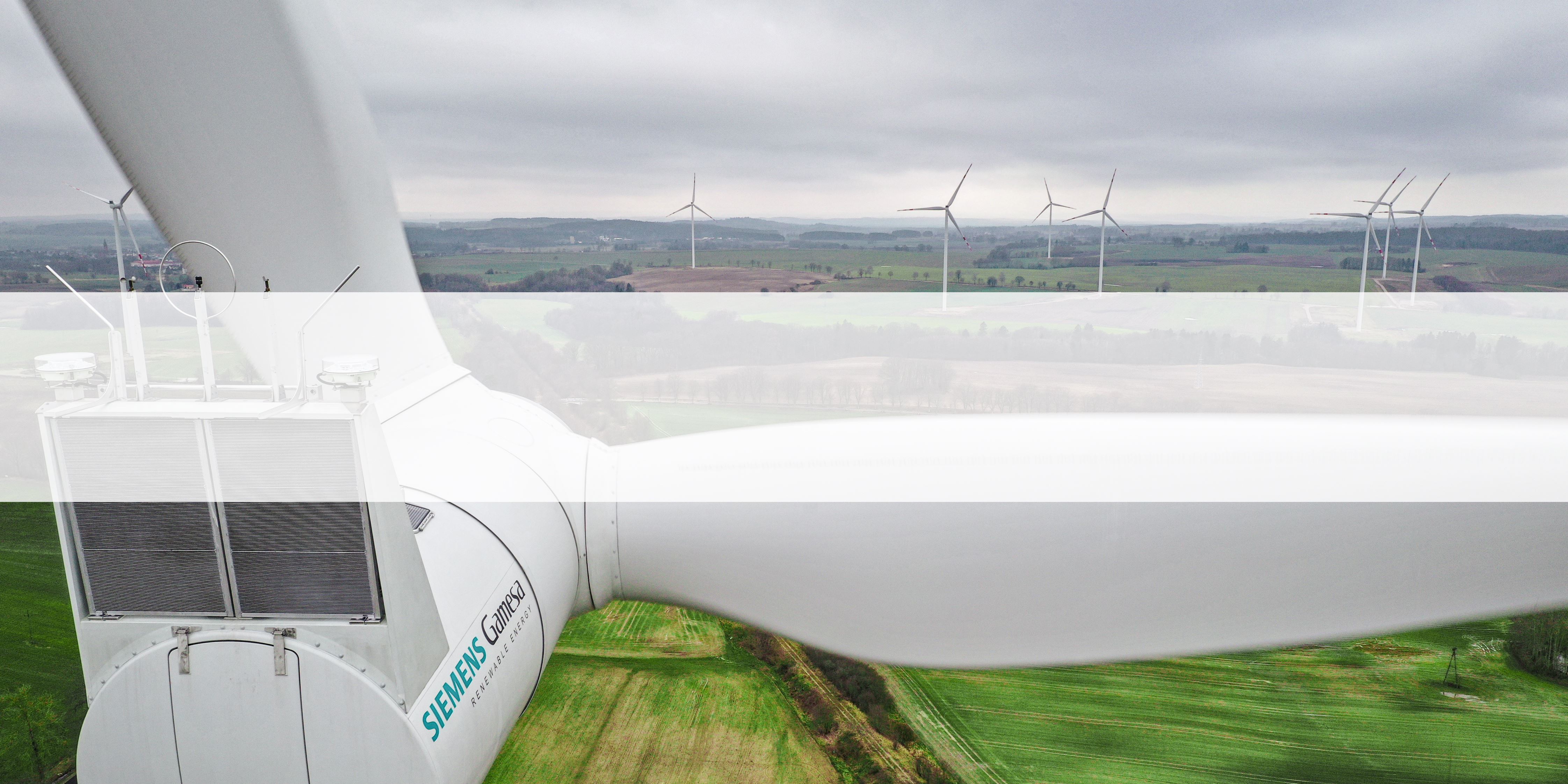
Wind turbines instead of lignite power plants
How SGRE is helping to shape the energy transition in Poland
Hamburg / 13 July 2020
Nine projects with a total of 368 MW of newly installed capacity, most recently expanded through a 30 MW project near the city of Ujazd. Siemens Gamesa's current project pipeline in Poland illustrates how dynamically wind energy is developing in the EU's sixth largest country. Two auctions in 2018-19 for a total of 3.5 GW have set the course for more electricity coming from wind. But the country's CO2 balance remains challenging.
Head of Corporate Communications EMEA
Near the small town of Ujazd, in the west of Poland, Siemens Gamesa will install its latest project by the end of 2021. A total of 15 wind turbines with a capacity of 30 MW will then feed around 89 million kWh of power per year into the power grid, in turn contributing to the growing share of renewable energy in Poland. While this is a comparatively small project within Siemens Gamesa’s 368 MW Polish project pipeline, the additional capacity is of much benefit. Around 280 km southeast of Ujazd, in Bełchatów, the world's biggest lignite-fired power plant can be found. It has a capacity of 5.4 GW - and is Europe's largest single CO2 emitter.
"Around 70 percent of electricity is currently generated from hard coal and lignite in Poland. Many power plants also need to be modernized. There is a need for action. The expansion of wind and solar power is therefore very important," explains Marcas Breatnach, Head of Onshore Sales Eastern Europe at Siemens Gamesa. Once completed, the electricity generated by the Siemens Gamesa wind turbines in all nine projects under development will cover the electricity consumption of nearly 580,000 households.
"Around 70 percent of electricity is currently generated from hard coal and lignite in Poland. Many power plants also need to be modernized. There is a need for action. The expansion of wind and solar power is therefore very important," explains Marcas Breatnach, Head of Onshore Sales Eastern Europe at Siemens Gamesa. Once completed, the electricity generated by the Siemens Gamesa wind turbines in all nine projects under development will cover the electricity consumption of nearly 580,000 households.

Energy supply is an important issue for the country with 38 million inhabitants and a growing economy. Domestic coal mining is declining and is controversial given the country's high CO2 emissions and air pollution problems. Alternatives are in strong demand. For many years the entry into nuclear power was debated without a decision being made as to the way forward. But even if the country ultimately decides to take such a step, energy imports will have to close the growing gap between electricity production and consumption for many years to come. According to figures from the Polish Energy Market Agency (Agencja Rynku Energii), the difference between demand and domestic electricity generation was 10.7 TWh in 2019.
Thanks to continuous innovations and constant cost reductions, renewable energies, which for a long time were considered too expensive, have captured the interest of domestic energy policy. Since then, wind and solar have been in a race to close the gap in demand and make the country less dependent on energy imports. After years of standstill - since 2016, installed capacity for onshore wind has remained almost unchanged at 5.9 GW - a total of 3.5 GW of new capacity for onshore wind was put out to tender in 2018 and 2019.
"Our projects from the first tendering round are now in the installation phase. The share of wind in the electricity supply is starting to increase slowly now," explains Breatnach. With nine projects already and 368 MW capacity, a significant share of this new capacity will be accounted for by turbines from Siemens Gamesa.
But the current dynamics in the wind market threaten to be of limited duration. This is due to comparatively strict regulations regarding the distance between turbines and surrounding housing or protected areas, based on the total height (tip height) of the turbine. The country, which has a total land area of around 313,000 km2, has great potential, especially for renewable energies.
"Our projects from the first tendering round are now in the installation phase. The share of wind in the electricity supply is starting to increase slowly now," explains Breatnach. With nine projects already and 368 MW capacity, a significant share of this new capacity will be accounted for by turbines from Siemens Gamesa.
But the current dynamics in the wind market threaten to be of limited duration. This is due to comparatively strict regulations regarding the distance between turbines and surrounding housing or protected areas, based on the total height (tip height) of the turbine. The country, which has a total land area of around 313,000 km2, has great potential, especially for renewable energies.
"If the restrictions on clearance requirements fall, we will be able to use modern and powerful wind turbines in the future. Our latest turbine, the Siemens Gamesa 5.X, can generate twice or even three times electricity more than turbines being currently installed. In Poland, current projects have been planned with only 2 to 3 MW per turbine," explains Siemens Gamesa’s Sales expert Breatnach. The potential for wind is, however, still very broad. According to various estimates, the installed capacity of onshore wind could grow to 10 GW, in turn increasing the share of wind energy to 15 percent of current electricity consumption. Breatnach added: “With our latest turbine technology, we can further reduce electricity generation costs. The economic attractiveness of wind energy continues to increase rapidly.”
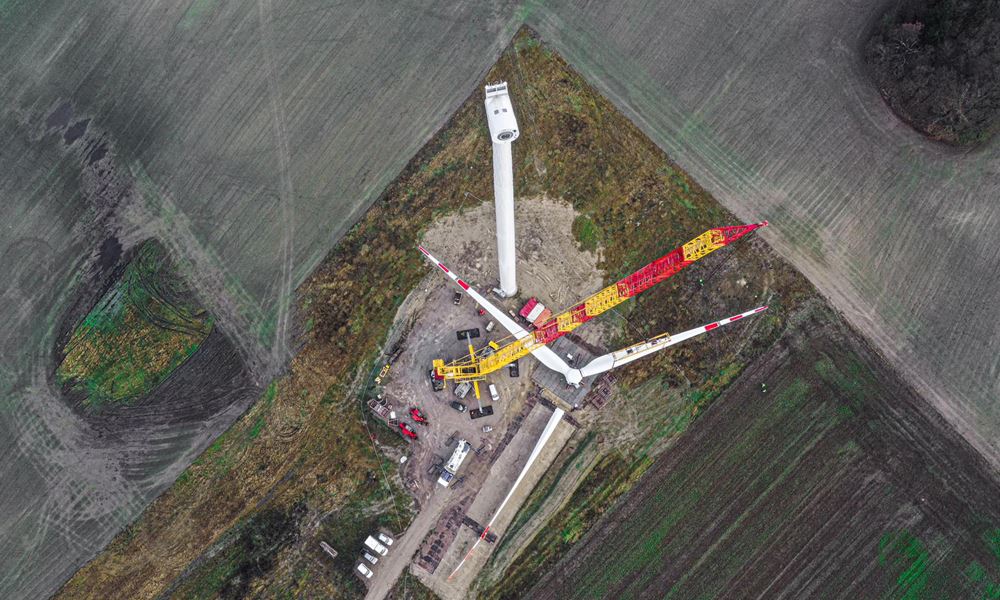
In addition to electricity generation of from onshore wind, the expansion of offshore wind in the Baltic Sea is also being discussed in Poland. With an estimated capacity of up to 12 GW, offshore wind energy could be another important building block in the Polish energy turnaround towards lower CO2 emissions and more electricity from renewables.
However, wind energy does not only provide positive impulses for the country by generating electricity. Poland has also long since developed into an important industrial partner for the wind industry. Numerous suppliers are based in Poland or manufacture components for wind turbines in the country. Siemens Gamesa also counts on technology made in Poland for its plants. In 2019 alone, the volume of components and services purchased totaled around €330 million.
However, wind energy does not only provide positive impulses for the country by generating electricity. Poland has also long since developed into an important industrial partner for the wind industry. Numerous suppliers are based in Poland or manufacture components for wind turbines in the country. Siemens Gamesa also counts on technology made in Poland for its plants. In 2019 alone, the volume of components and services purchased totaled around €330 million.
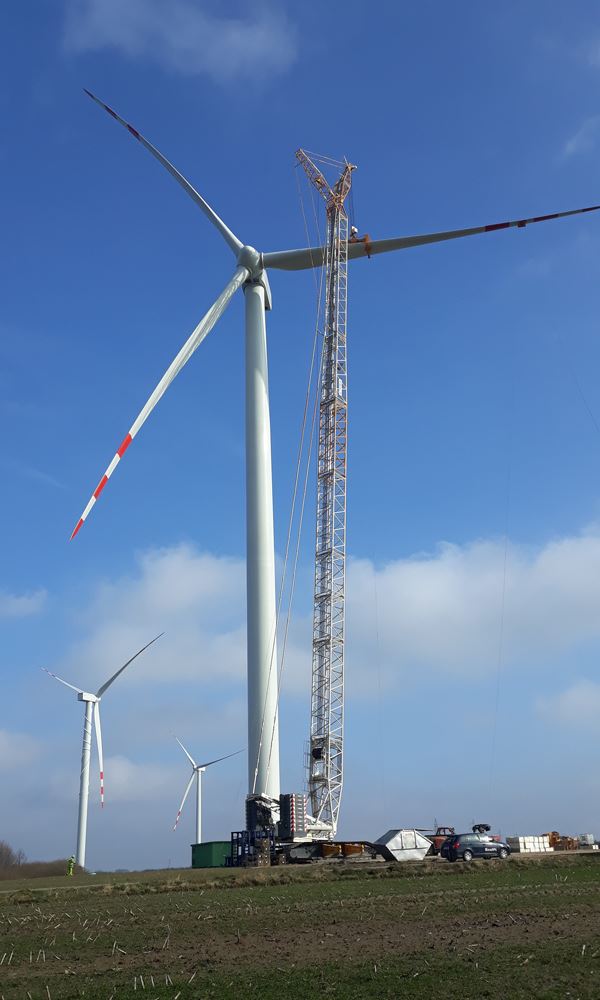
"Although there has hardly been any expansion of wind energy in Poland, many specialized suppliers have established themselves. With growing expansion at home, these companies can grow further and benefit from the energy turnaround," comments Pawel Przybylski, Managing Director of Siemens Gamesa in Poland on the development.
And Siemens Gamesa itself has also developed into an important company in the Polish energy market. The team has installed around 1.1 GW of capacity since its launch in 2003. In the meantime, the team has grown to more than 200 employees in several offices and service locations throughout the country. More than 500 turbines in 55 wind parks are maintained and kept running by Siemens Gamesa.
With new installations, the number of turbines to be maintained also increases. And the prospects for further projects beyond the nine wind farms currently on the books are good. "The close cooperation with our customers and partners over the past few years is now paying off," says Pawel Przybylski.
"Very different companies are active on the Polish market. In addition to large international and domestic energy supply companies, independent project developers are also active. With our team, we have succeeded in covering the different requirements of individual customers well. We are therefore very confident about the future and want to actively shape the change towards a sustainable energy supply."
And Siemens Gamesa itself has also developed into an important company in the Polish energy market. The team has installed around 1.1 GW of capacity since its launch in 2003. In the meantime, the team has grown to more than 200 employees in several offices and service locations throughout the country. More than 500 turbines in 55 wind parks are maintained and kept running by Siemens Gamesa.
With new installations, the number of turbines to be maintained also increases. And the prospects for further projects beyond the nine wind farms currently on the books are good. "The close cooperation with our customers and partners over the past few years is now paying off," says Pawel Przybylski.
"Very different companies are active on the Polish market. In addition to large international and domestic energy supply companies, independent project developers are also active. With our team, we have succeeded in covering the different requirements of individual customers well. We are therefore very confident about the future and want to actively shape the change towards a sustainable energy supply."
Wind energy and SGRE in Poland:
Population: 38 million inhabitants
Total land area: 313.000 km2
Per capita electricity consumption: 4.57 megawatt hours (2018)
Total installed capacity (all energy sources): 47.4 GW
Installed onshore wind: 5.9 GW
Installed capacity SGRE: 1.5 GW
Total land area: 313.000 km2
Per capita electricity consumption: 4.57 megawatt hours (2018)
Total installed capacity (all energy sources): 47.4 GW
Installed onshore wind: 5.9 GW
Installed capacity SGRE: 1.5 GW

